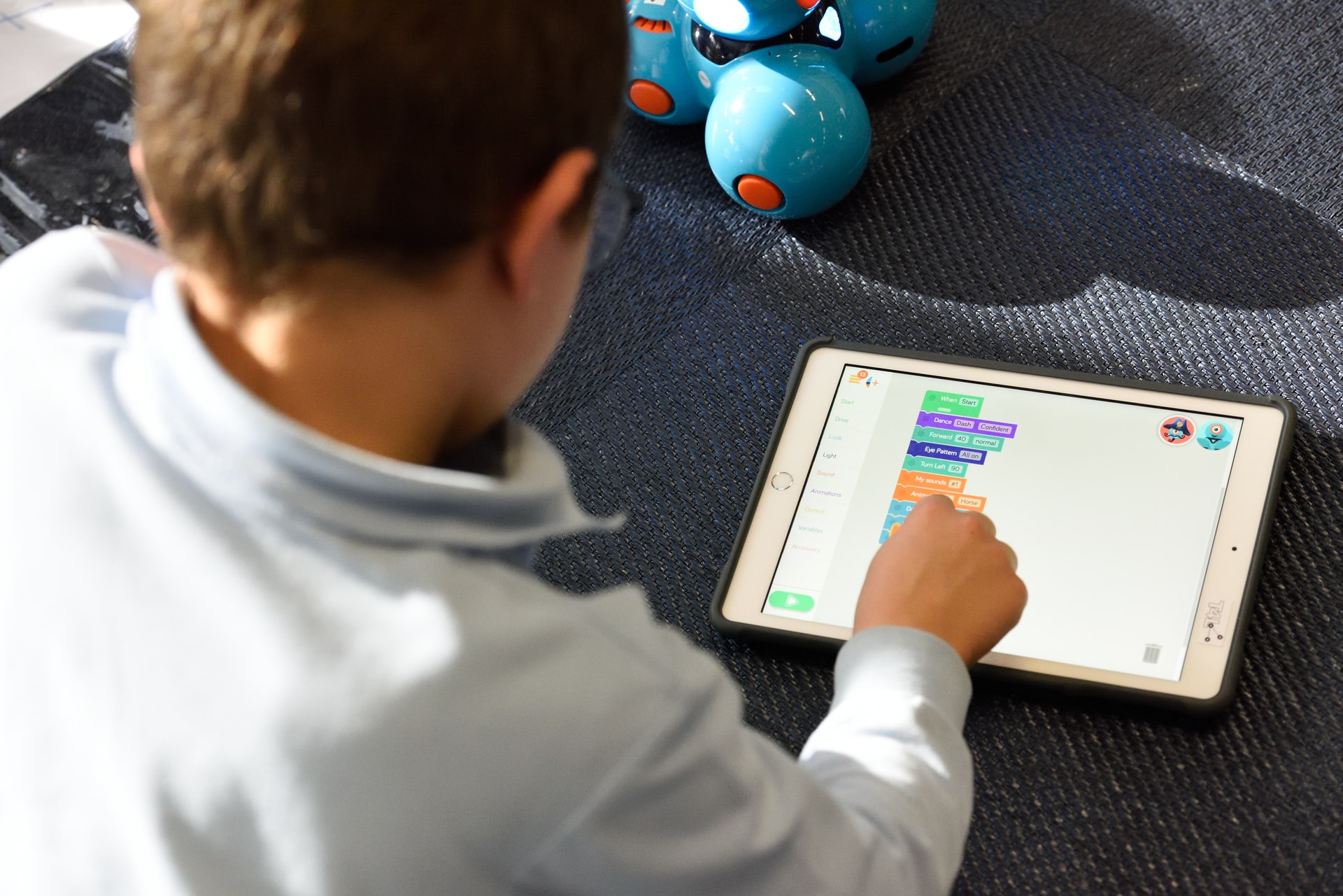Say Goodbye to the Digital Revolution

The digital revolution is coming to an end, but many schools aren’t ready to say goodbye. They’re still exploring the possibilities of digitally transforming instruction with technology. In the meantime, researchers are already working on switching bytes for atoms. Digital technology will be a relic from the past, much like the computer keypunch terminals from the 1960s.
As digital technology fades from modern use, will the dreams of transforming schools disappear with it?
The digital technology used in edtech solutions today has become the Pied Piper of education. He plays a haunting tune to lure teachers and administrators into rethinking school organization and instructional design. Each academic year, educators gather to identify transformational strategies that will change instruction for the better.
Some schools have moved forward as a result of this planning. They’ve implemented flexible scheduling, flipped classrooms, and created informal seating areas for learning. Other schools, however, remain mired in their old ways. Classes still begin and end at the same time. The teacher delivers all of the instruction to learners seated in rows of desks. Little, if anything has changed.
How can we expect organizational transformation if our schools still look the same?
What’s preventing schools from total tech transformation
Technology has had a tremendous impact on education. We see better information sharing, more individualized instruction, and more jobs in the education sector so that we can meet the needs of learners.
Our students are benefiting from digital technology in many different ways. They have quicker access to more resources than ever before. They engage in hands-on learning and simulation activities that once were not possible. The learners in PK-12 and higher education have never known a time when without digital technology.
Most learners, however, have experienced an industrial-age school organization. They sit in rows and follow a strict schedule. Educators agree that the factory model of organizing schools and instructing students is as ineffective as it is outdated.
Technology was supposed to fix that. What’s holding us back from organizing our schools in a way that responds to the needs of learners?
The journey matters most
Many people focus on a single goal. They keep looking ahead, never veering from their objective. Unfortunately, they miss out on much of the lesson along the way. It’s the journey that matters most, not the destination.
Disruption only occurs when an ecosystem develops in support of an invention. The invention never builds the ecosystem. The reason we haven’t seen an organizational change in education is that we expected technology to develop its own self-supporting milieu. The truth is that we will never transform schools until we build an environment that supports the technology we use.
Our capacity to create engaging learning environments already exists. To truly transform technology before the end of the digital age, we must let go of outdated customs and practices that don’t support learners in the way that they use technology.
As technology transforms, we, too, must change with it.






